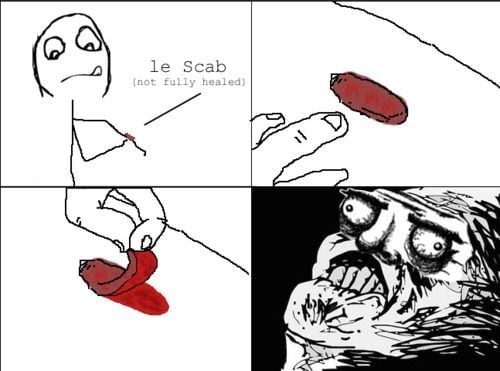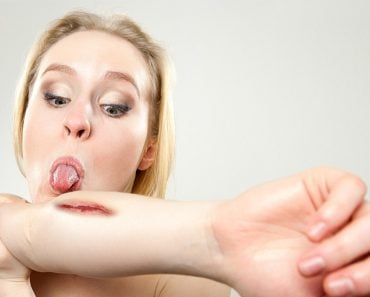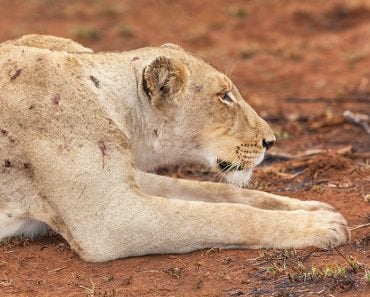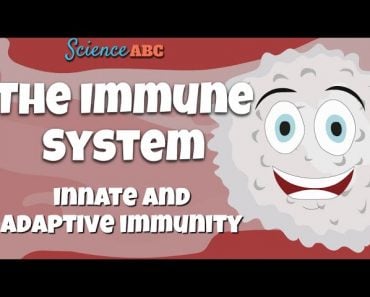Table of Contents (click to expand)
Too tired to read? Listen on Spotify:
A moist environment is better for a wound, as it helps in regeneration of the tissue. Scabs impair wound healing by causing stress to the wound site.
I remember when I was a kid, I was often told to let my wounds get fresh air, especially if the wound was new. I neither had the brains nor the motivation to argue with that notion, and admittedly, giving a wound some fresh air just seemed logical. Interestingly enough, after all these years, I still see many people who leave their wounds exposed to air because they believe it will heal faster.
However, when you go to the hospital with an injury, one of the first things a nurse does is clean the wound and cover it up. Why would a medical professional cover up a wound when airing it out is what helps it heal?

If leaving a wound exposed to the air is so good and promotes healing, why do doctors recommend covering a wound with bandages and sterilized dressing?
The notion that leaving a wound exposed to air helps with faster healing is a misconception. Except for minor cuts, it is always best to bandage your wounds.
Recommended Video for you:
Scabs And Dry Skin Prevent Wounds From Healing
One of the most common ways the human body reacts to a wound is by forming a scab.

Scab formation starts as soon as you get injured and bleed. Special blood cells called platelets spring into action as they sense a ‘breach’ in a blood vessel. These platelets stick together like glue at the site of the injury (a cut, scrape, or bruise) and form a clot. Proteins like fibrin create a mesh at the clot, further stabilizing the clot.
This clot acts like a biological protective bandage over the wound and prevents further bleeding. If the injured part of the skin (and effectively that clot) remains uncovered, the clot will dry out and harden up, forming a scab. We associate the scab with recovery.
Initial scab formation is part of the healing process, but beyond that, scabs aren’t desirable. The dry, hard scab is just a by-product of the clot drying. The scab hampers the healing by erecting a barrier of dried-out and dead cells. Healthy skin cells must work their way beneath these dead cells to form new tissue.

Why Is Covering A Wound Important?
Medics have known the importance of keeping a wound moist for millennia. The famous Greek physician and the ‘father of medicine’, Hippocrates, would dress wounds with bactericidal (bacteria-killing) salves made from herbs and plant extracts.
One source of the myth might be the intent to keep the wound clean. An article by Dr. Simonton from 1890 rebuts the claim that keeping the wound dry and dressing it infrequently is the best way to prevent infections and promote healing.
The assumption against bandaging wounds is that a moist environment can become a breeding ground for bacteria. While this isn’t wrong, it doesn’t hold up in this case. If a wound is cleaned with water and a little disinfectant at the start, then the chances of infection are low. The body’s immune response, clotting, and inflammation fight pathogens very well.

If a new wound is kept covered, it keeps the skin cells from drying out and forming a scab, ultimately minimizing the chances of scarring at the site of the wound. Covering an injury does many good things, including keeping it moist, which promotes better skin healing.
Covering A Wound With Band-Aid Will Accelerate Wound Healing
In 1962, researcher George Winters once and for all quashed the debate over Band-Aids. He compared wound healing in dry and moist environments and found the latter worked much better. The paper he published in Nature notes, “It has been found that epithelization is retarded by the dry scab which normally covers a superficial wound, and if the formation of the scab is prevented, the rate of epithelization is markedly increased.”
Further research has shown that a moist environment also accelerates the building of new blood vessels in the injured area (angiogenesis), in addition to old and damaged tissues being broken down and cleaned away, making way for new cells.
Covering a wound also significantly reduces the chances of infection, as it keeps germs, dirt, and (potentially unclean) water from coming in contact with the injury. This is a good thing because if unwanted things do reach the injury site, you might get an infection!
This is one reason why wounds in our mouths heal faster and without much scarring. The moisture from the mucus in the mouth and the saliva keep the wound in a nice, moist environment. Saliva also has molecules that accelerate the healing process.
A bandage or dressing, in contrast, offers added comfort and cushioning to the wound. It also protects against re-injuring the spot, which is another plus.
Overall, it’s best to cover your wounds, as it helps protect your body and accelerate the healing process!
Last Updated By: Salama Yusuf
References (click to expand)
- WINTER, G. D. (1962, January). Formation of the Scab and the Rate of Epithelization of Superficial Wounds in the Skin of the Young Domestic Pig. Nature. Springer Science and Business Media LLC.
- A Brief History of Wound Care.
- Junker, J. P. E., Kamel, R. A., Caterson, E. J., & Eriksson, E. (2013, September). Clinical Impact Upon Wound Healing and Inflammation in Moist, Wet, and Dry Environments. Advances in Wound Care. Mary Ann Liebert Inc.
- Field, C. K., & Kerstein, M. D. (1994, January). Overview of wound healing in a moist environment. The American Journal of Surgery. Elsevier BV.













